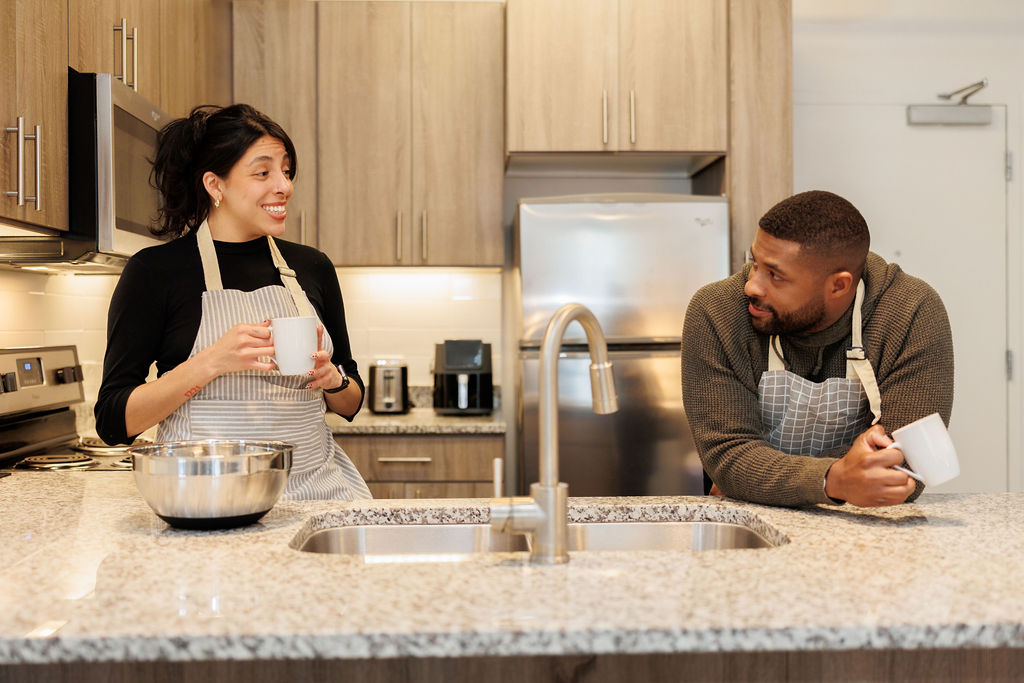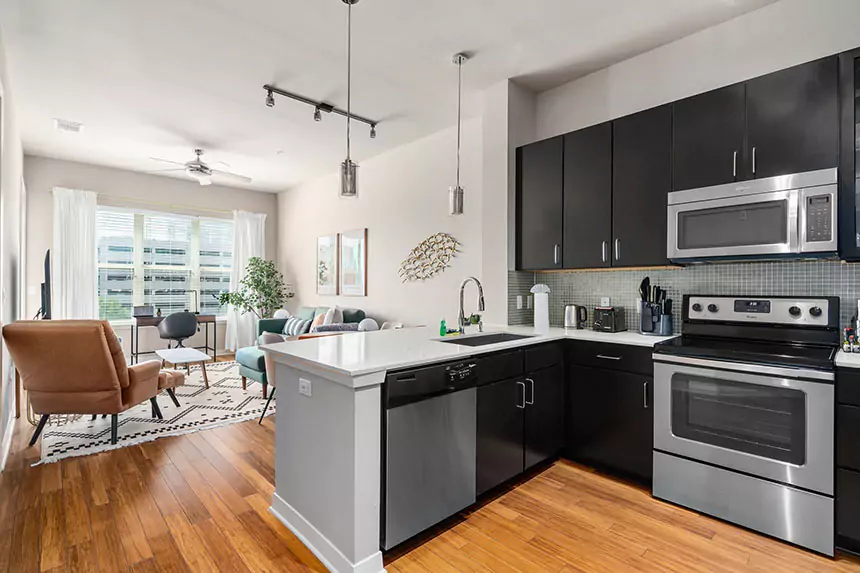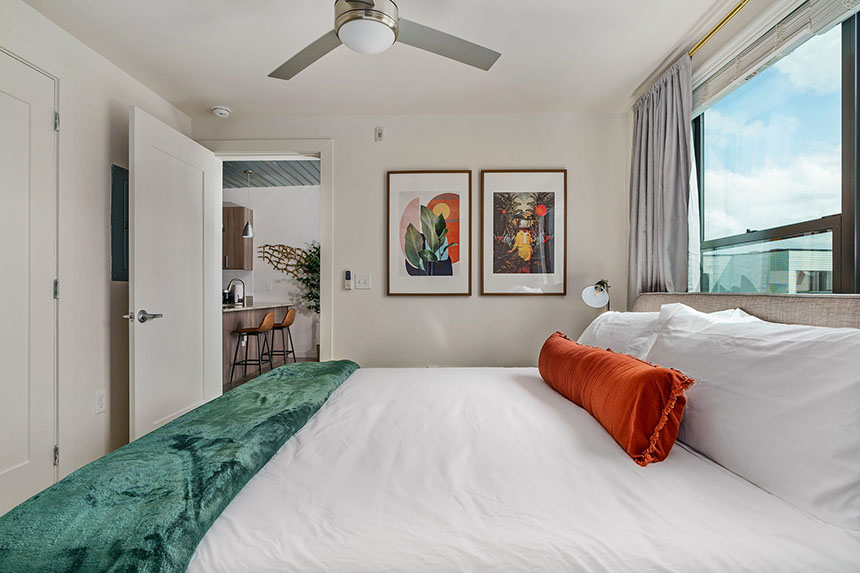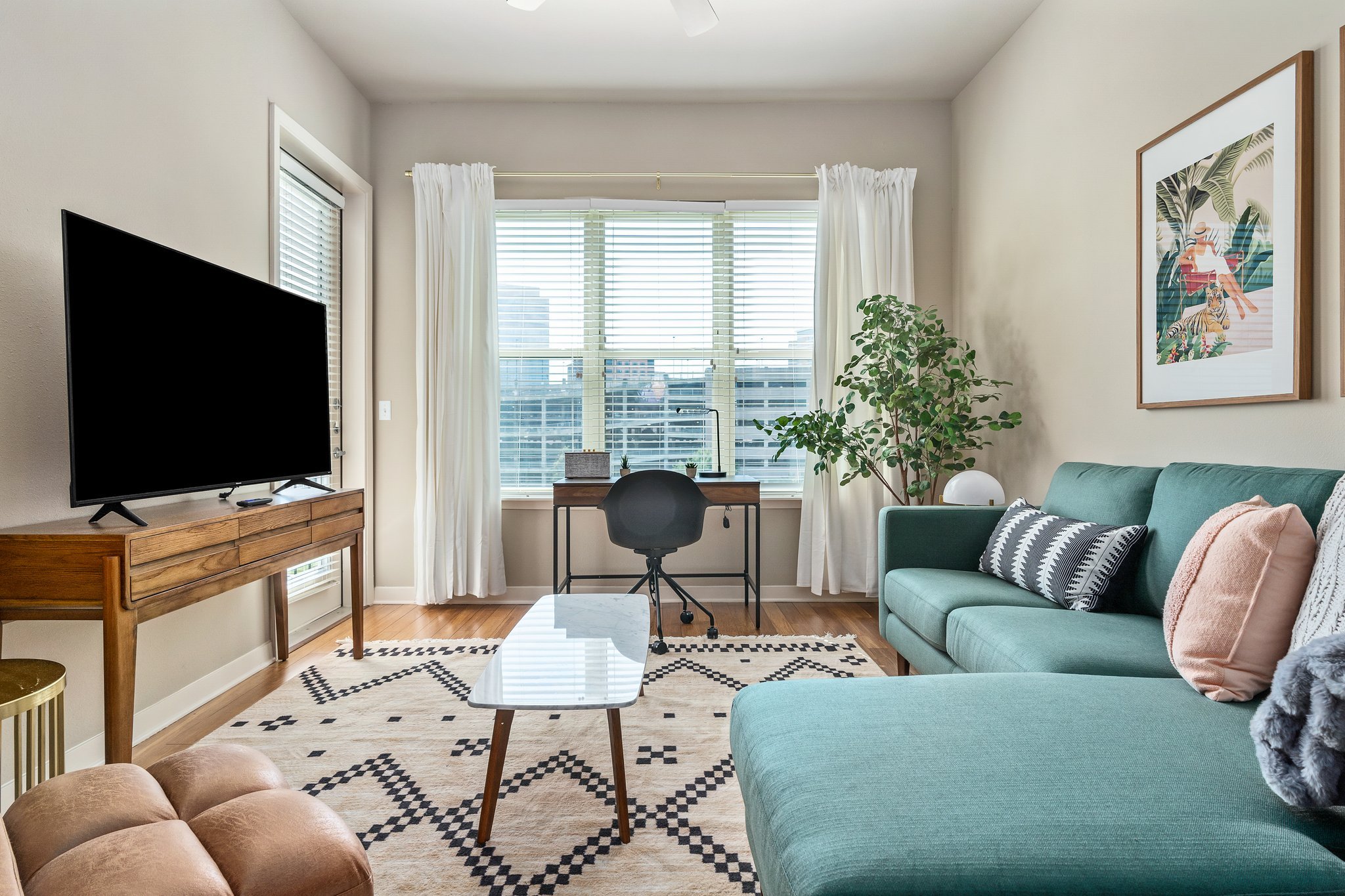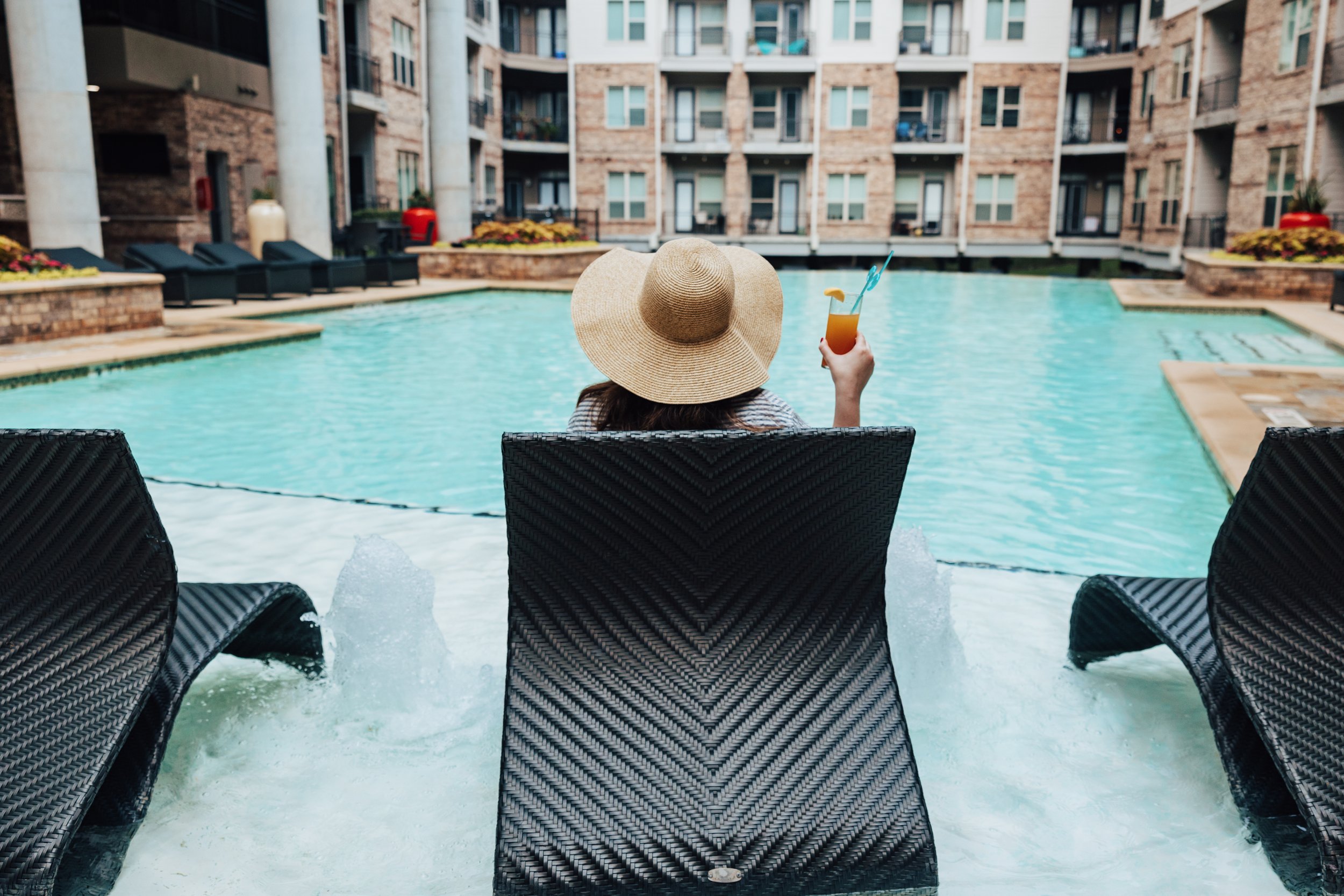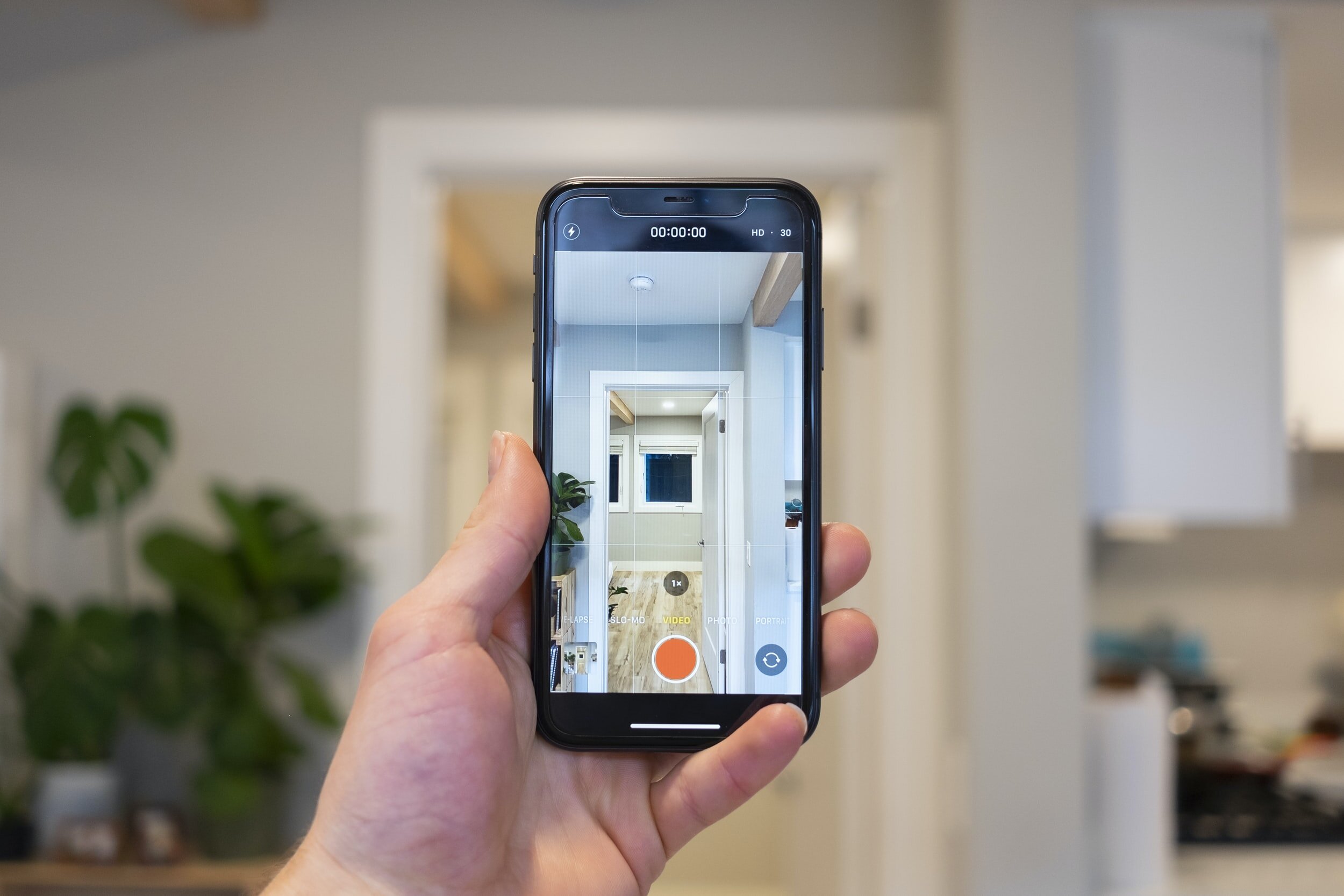Lodgeur FAQs explains everything guests need to know about booking a furnished apartment.
Multifamily Hospitality
Lodgeur’s thought pieces related to Multifamily Hospitality and flexible, furnished rentals.
Insurance Relocation: Houston Flexible Corporate Rentals
Skip cramped hotels. When clients face home displacement from disasters, Lodgeur Midtown Houston provides flexible furnished apartment rentals so they can stay nearby as they process insurance claims. Contact us to learn more.
Houston Corporate Rentals: Lodgeur Partners with Travel Agents
Travel agents know business trips aren’t typically a vacation for clients. With full Houston apartments from Lodgeur for monthly stays, your clients can live comfortably on projects. Partner with us to earn commissions helping book corporate housing today.
Why Airbnb Has a Pricing Problem, and What to Do About It
Airbnb has a pricing strategy problem on extended stays (28+ nights), which make up to…
What is Multifamily Hospitality?
Apartment communities can boost their NOI by meeting the demand for furnished on-demand housing. We explain how to add a Multifamily Hospitality Program to your revenue management strategy.
How we Work, Live, and Travel is Changing
Is the multifamily industry ready to capitalize on the digital nomad opportunity?
COVID-19 Changed the Leasing Office
An edited version of this article was initially published in the July 2020 issue of…

